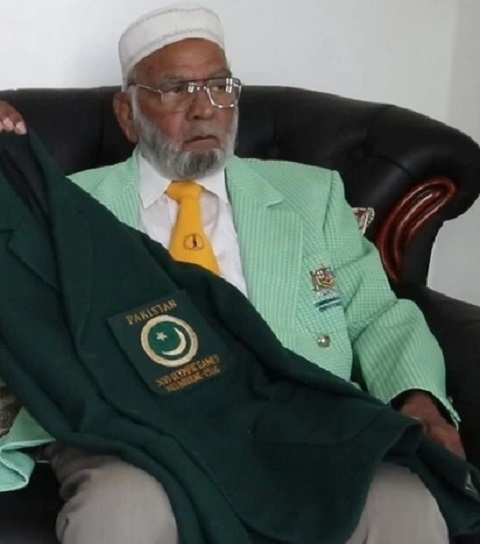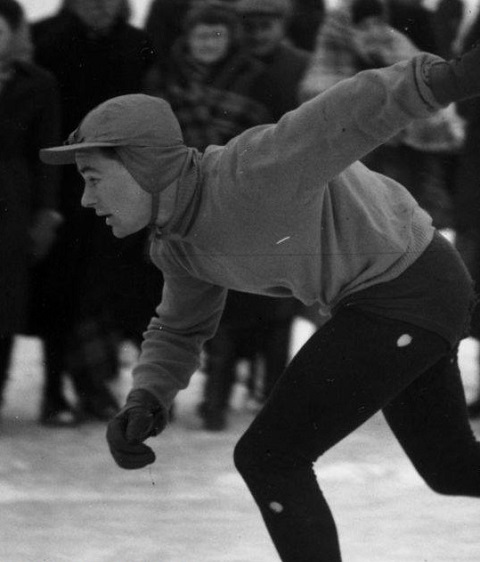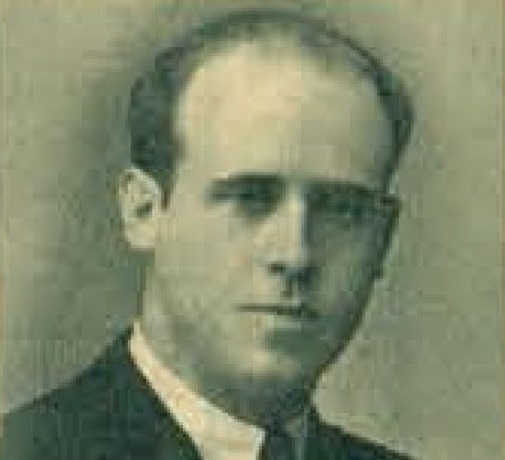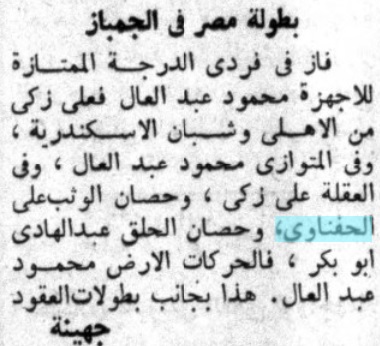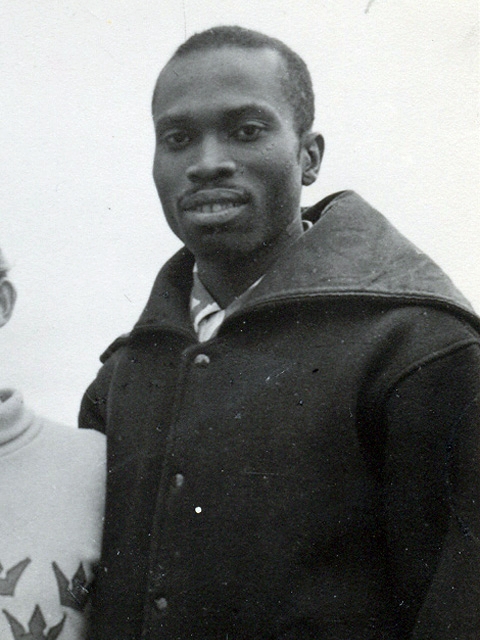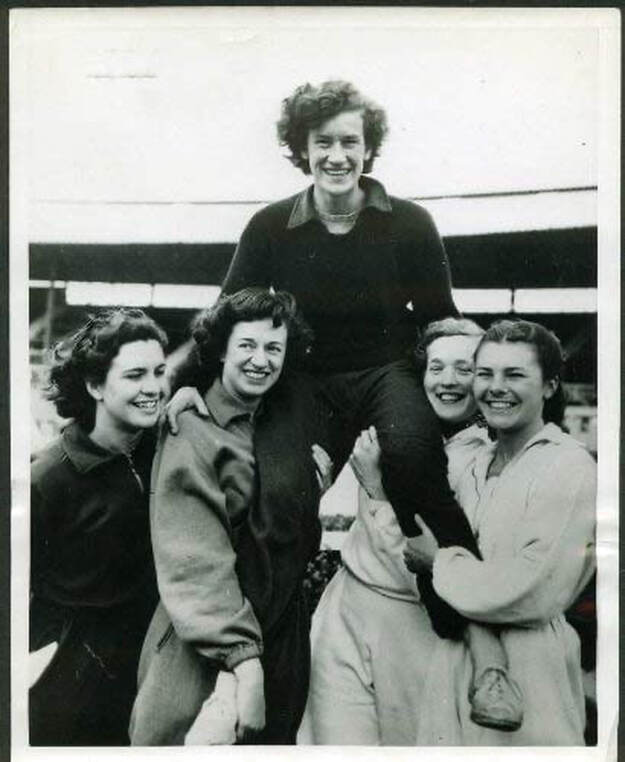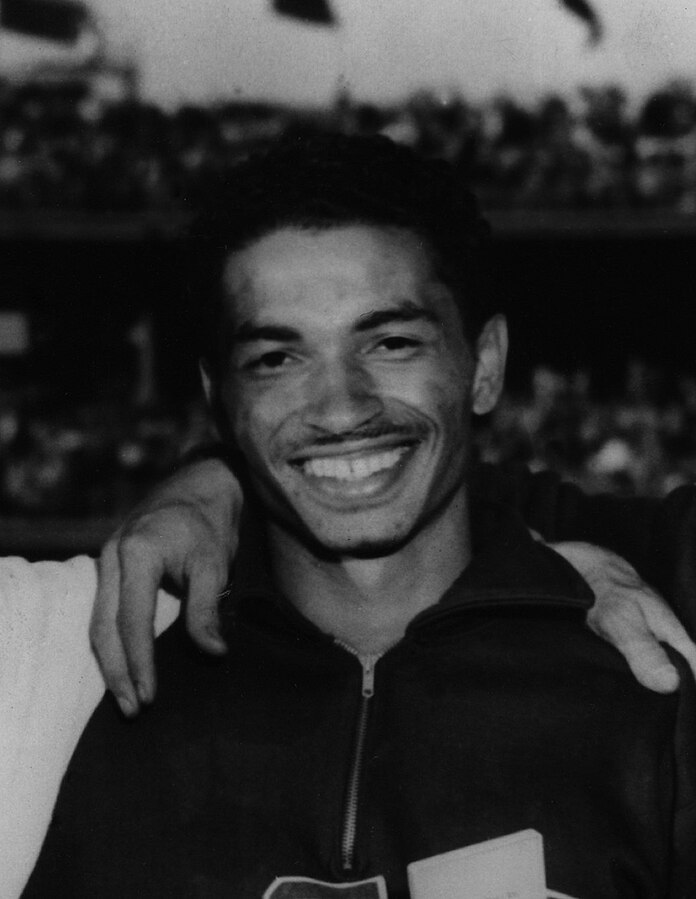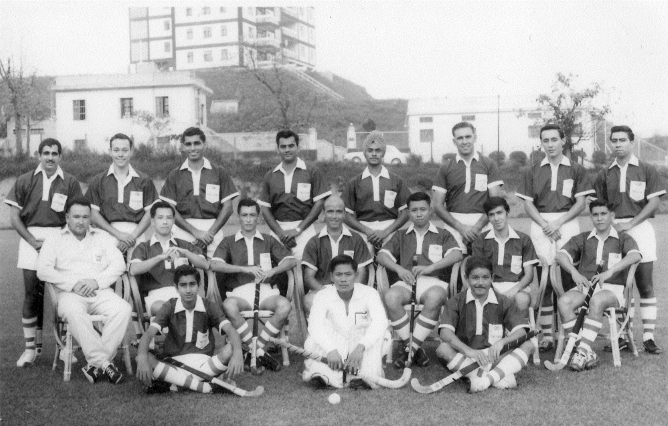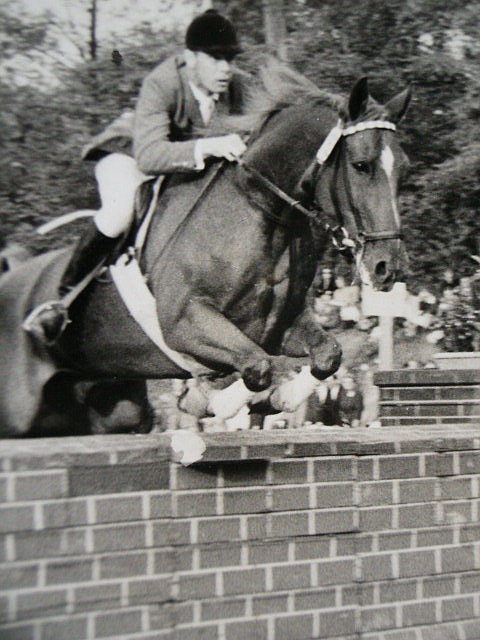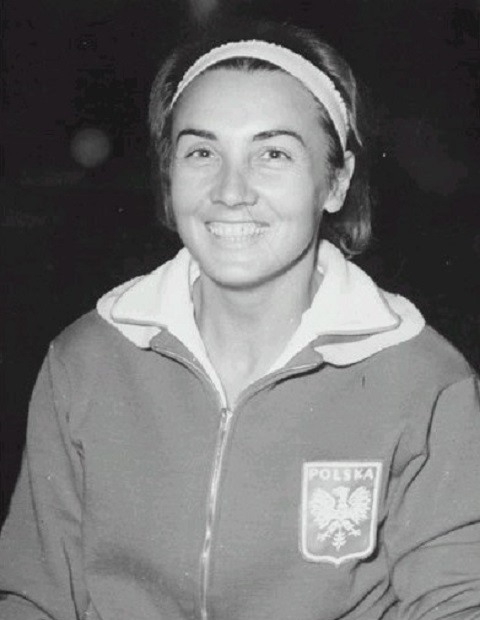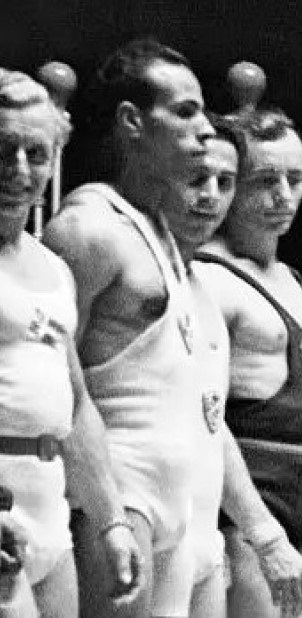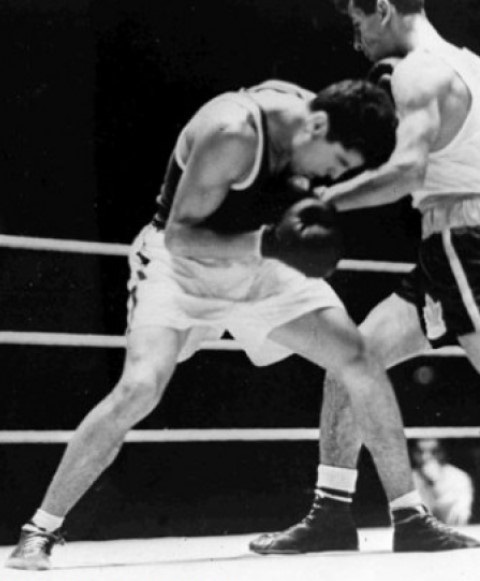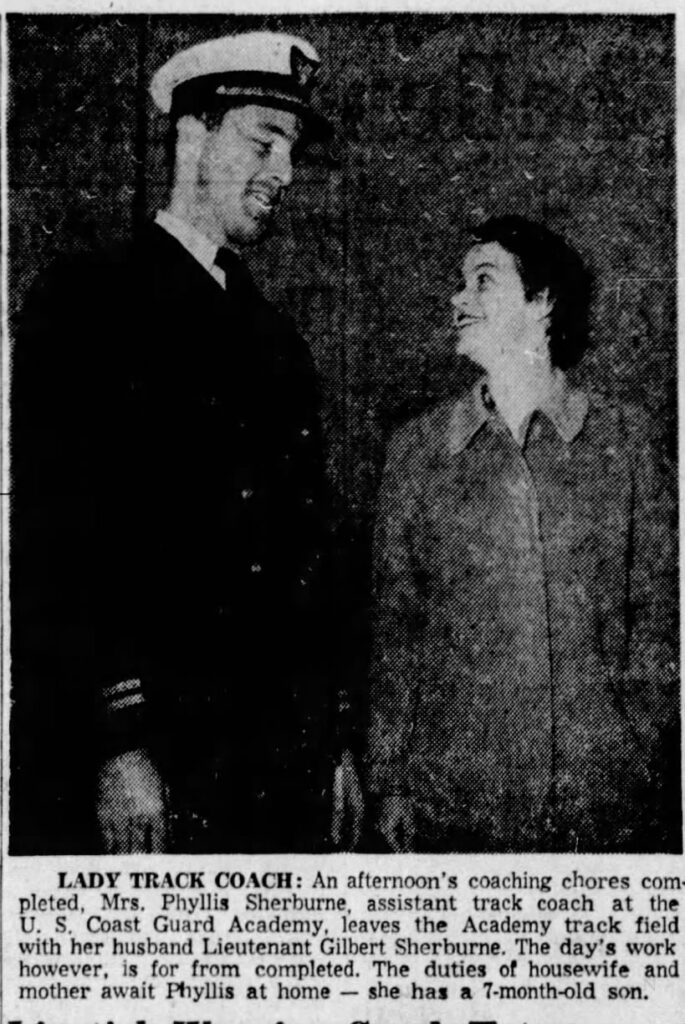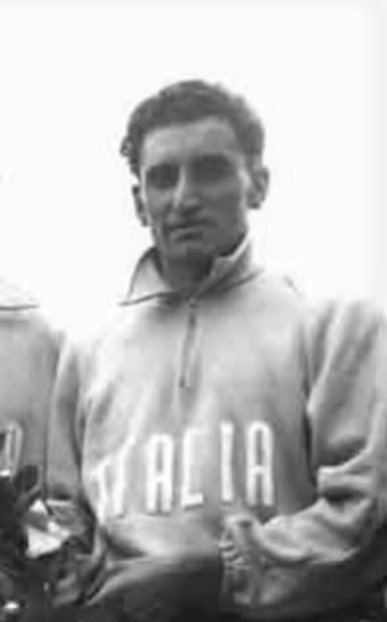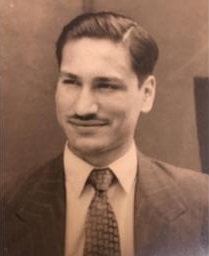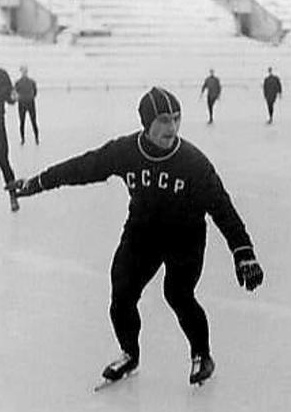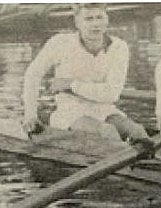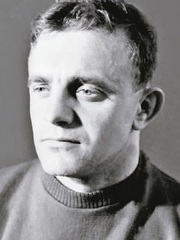
Today we believe that the oldest living Romanian Olympian, Francisc Horvath, is celebrating his 96th birthday. We featured Horvath in our Olympic medal mysteries series a while ago, as he won bronze in bantamweight, Greco-Roman wrestling at the 1956 Melbourne Games. In response, one reader provided a report that showed him alive in 2021, but others have pointed out sources claiming that he died in 1969 or 1980, and it remains unclear which is correct. Nonetheless, since there is a reasonable chance that he is still alive, we are wishing him a happy birthday!
Today is also the 90th birthday of another Olympic medal mystery, Swiss rower Ernst Hürlimann. Hürlimann represented his country in the double sculls at the 1960 Rome Games, where he won a bronze medal alongside Rolf Larcher. This is all that we know about him, and we have not been able to ascertain if he is alive or deceased.
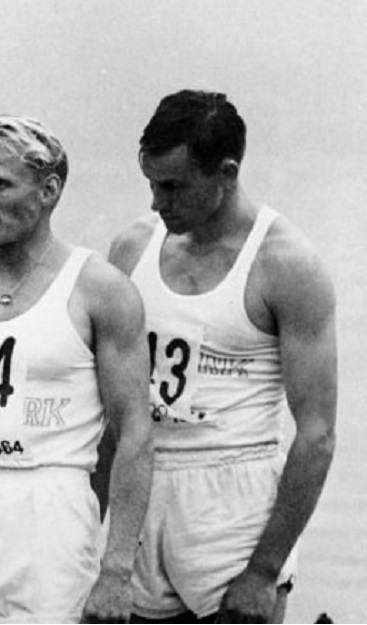
We also wanted to raise a final Olympic medal mystery today: Danish rower John Rungsted Sørensen, born October 5, 1934, represented Denmark in the C-2 1000 event at the 1964 Tokyo Olympics and won a bronze medal with Peer Norrbohm. The following year, the duo won another bronze medal in that event, this time at the 1965 European Championships. This is the extent of what we know about him, and we have been unable to confirm whether or not he reached his 90th birthday.
